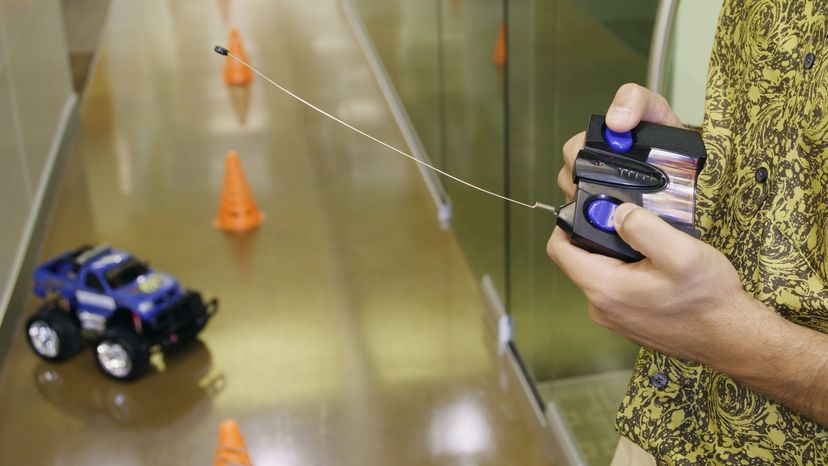Remote Control (RC) equipment is a fascinating technology that has captivated hobbyists, enthusiasts, and professionals for decades. From RC cars and airplanes to drones and boats, the magic of remote control allows users to manipulate objects from a distance. In this article, we will explore the inner workings of RC equipment, uncovering the principles and components that bring these devices to life.
Understanding the Basics:
At its core, RC equipment involves the transmission of control signals from a handheld transmitter to a receiver located within the target object (e.g., an RC car or drone). The receiver interprets these signals and converts them into physical actions, such as steering, acceleration, or flight control.
Key Components of RC Equipment:
Transmitter:
The transmitter is the handheld device held by the operator. It is equipped with joysticks, switches, and knobs that the operator manipulates to control the RC object. Inside the transmitter, there is a processor responsible for encoding and transmitting control signals. These signals are usually sent using radio waves in specific frequency bands.
Receiver:
The receiver is located within the RC object, and its primary function is to receive the control signals sent by the transmitter. Once the receiver receives the signals, it decodes them and sends corresponding commands to the object's motors or servos to control its movement. The receiver is also equipped with an antenna to receive the radio signals.
Servos and Motors:
Servos and motors are responsible for converting electrical signals from the receiver into mechanical movements. Servos are common in RC airplanes and cars, allowing precise control of things like steering, throttle, and flight surfaces. Motors are frequently used in vehicles like RC cars and boats to control propulsion.
Radio Frequency (RF) Communication:
Most RC equipment utilizes radio frequency (RF) communication for sending signals between the transmitter and receiver. RC transmitters operate in specific frequency bands, such as 2.4 GHz or 27 MHz. These frequency bands are allocated for RC use to prevent interference with other wireless devices.
Signal Encoding:
The transmitter encodes the control signals using a specific modulation scheme. Amplitude Modulation (AM) and Frequency Modulation (FM) were once common, but they have largely been replaced by more advanced modulation techniques. Amplitude-shift keying (ASK) and frequency-shift keying (FSK) are widely used to encode digital control signals.
Control Protocols:
RC equipment often uses specific control protocols to ensure compatibility between the transmitter and receiver. These protocols dictate the format and timing of control signals. Common RC protocols include Pulse Position Modulation (PPM) and Pulse Code Modulation (PCM).
Safety and Security:
Modern RC equipment incorporates safety features, such as failsafe systems. In the event of signal loss or interference, the failsafe system can return the RC object to a pre-determined safe state or activate certain safety measures to prevent accidents.
Range and Interference:
The range of RC equipment depends on several factors, including the transmitter's power, the type of antenna used, and the environment. RC operators should be aware of signal interference, as other devices and radio sources can disrupt communication between the transmitter and receiver.
Advanced Features:
Advanced RC equipment often includes features like telemetry, which provides real-time data on the object's status, such as battery voltage, altitude, or GPS location. Some RC systems also support firmware updates, allowing users to access new features and improvements.
Conclusion:
RC equipment is a marvel of technology that brings the joy of remote control to a wide range of hobbies and applications. Understanding the basic components, radio communication, and encoding methods is essential for users to operate RC equipment effectively and safely. As technology continues to evolve, the world of RC promises new features and capabilities, enhancing the excitement and potential of remote control in various fields.

